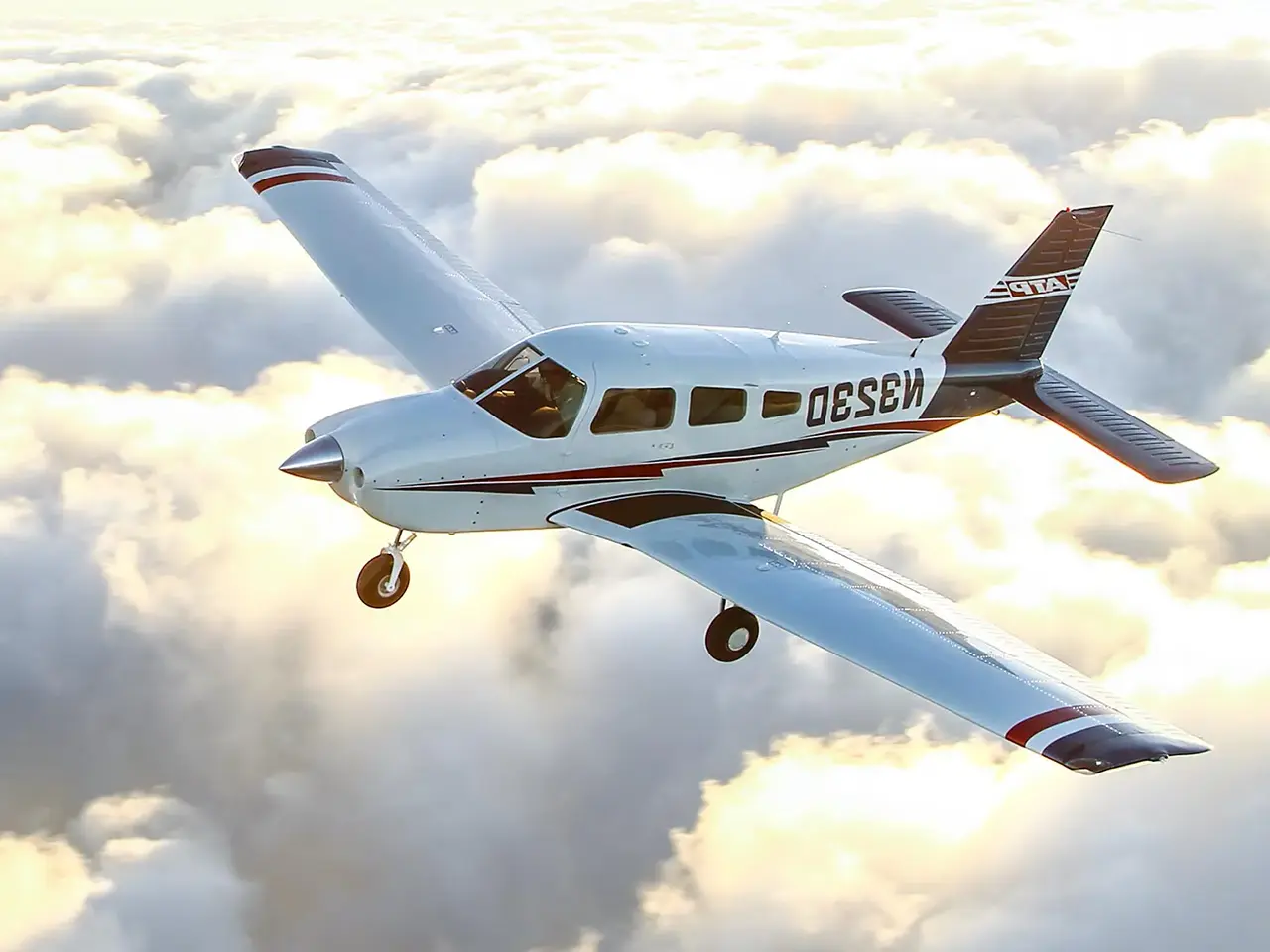
Top 6 Flight Training Myths: Breaking Down the Myths About Pilot Training
Soaring Above Misconceptions: Unveiling the Reality of Pilot Training
The dream of taking flight beckons many, but misconceptions around pilot training can ground those aspirations. Worries about cost, difficulty, and accessibility can create a wall before the journey even begins. This article tackles these common myths, unveiling the true landscape of pilot training and empowering you to make informed decisions about your aviation future.
Want to find out more about our pilot courses?
Myth 1: Only Superhuman Skills Fly Planes.
Many think natural talent is a prerequisite for piloting, painting training as an insurmountable challenge. While dedication is crucial, pilot training follows a structured path built on ground school knowledge and practical flight experience. This accessible approach allows individuals from diverse backgrounds to develop the skills needed to succeed. The key ingredients? Hard work, determination, and the desire to learn.
Myth 2: Wealthy Wings Only.
The exorbitant cost of pilot training fuels another widespread myth, making it seem like an exclusive privilege. But the reality is, people from various financial backgrounds can navigate this path. While it requires investment, several options exist to make it attainable. Many flight schools offer financing programs, allowing students to study now and pay later. Scholarships also provide much-needed support. Remember, it’s an investment in your future, not just a cost.
Myth 3: Book Smarts Make the Best Pilots.
While piloting involves understanding aerodynamics, physics, and trigonometry, academic intelligence isn’t the sole determinant of success. Resources are readily available to grasp complex topics, and instructors provide valuable guidance throughout the journey. Moreover, essential skills like decision-making, problem-solving, and communication are just as important as textbook knowledge. So, don’t let academics limit your dream!
Myth 4: Robots in the Cockpit?
The fear of technology rendering pilots obsolete is a persistent myth. While advancements play a crucial role, human judgment, critical thinking, and adaptability remain irreplaceable. Autopilot is a helpful tool, but pilots are far from passengers. They reprogram systems, respond to air traffic control, and navigate weather and terrain, ensuring smooth and safe flights. Technology enhances their role, not replaces it.
Myth 5: Perfect Vision is a Must.
Many believe only those with 20/20 vision can fly. This misconception can discourage those who rely on corrective lenses. Fortunately, according to the Civil Aviation Authority of the Philippines (CAAP), perfect vision isn’t required. As long as individuals meet vision standards set by international organizations, pilots with nearsightedness, farsightedness, or other deficiencies can wear corrective lenses or contact lenses and soar above this myth.
Myth 6: Years of Training, Delayed Dreams.
The perceived time commitment can dissuade aspiring aviators. While the duration varies depending on your effort and desired license, it’s not an insurmountable obstacle. A Private Pilot License requires a minimum of 40-50 flight hours, while a Commercial Pilot License needs 150-200 hours. Dedicated individuals can even train to be a First Officer in 21 months. Remember, these are estimations, and factors like schedule and your commitment can influence the timeline.
So, are you ready to debunk the myths and soar towards your aviation dream? With accurate information and empowered confidence, you can navigate the exciting world of pilot training and make your passion take flight.
This article aimed to address common misconceptions. Remember, seeking guidance from flight schools, aviation professionals, and relevant authorities is crucial for personalized information and navigating the specific requirements and regulations in your region.
Happy flying!
Free Career Guide

Want to find out more about our pilot courses?
Download our free eBook to learn all about pilot training in the Philippines, including the qualifications needed, the training process, available courses, and career opportunities. Find out how you can take the first step toward a rewarding career in aviation.
Download Pilot Course Information Guide
Our Pilot Training Courses
Take flight with our comprehensive Pilot Training Courses, designed to elevate your aviation career







